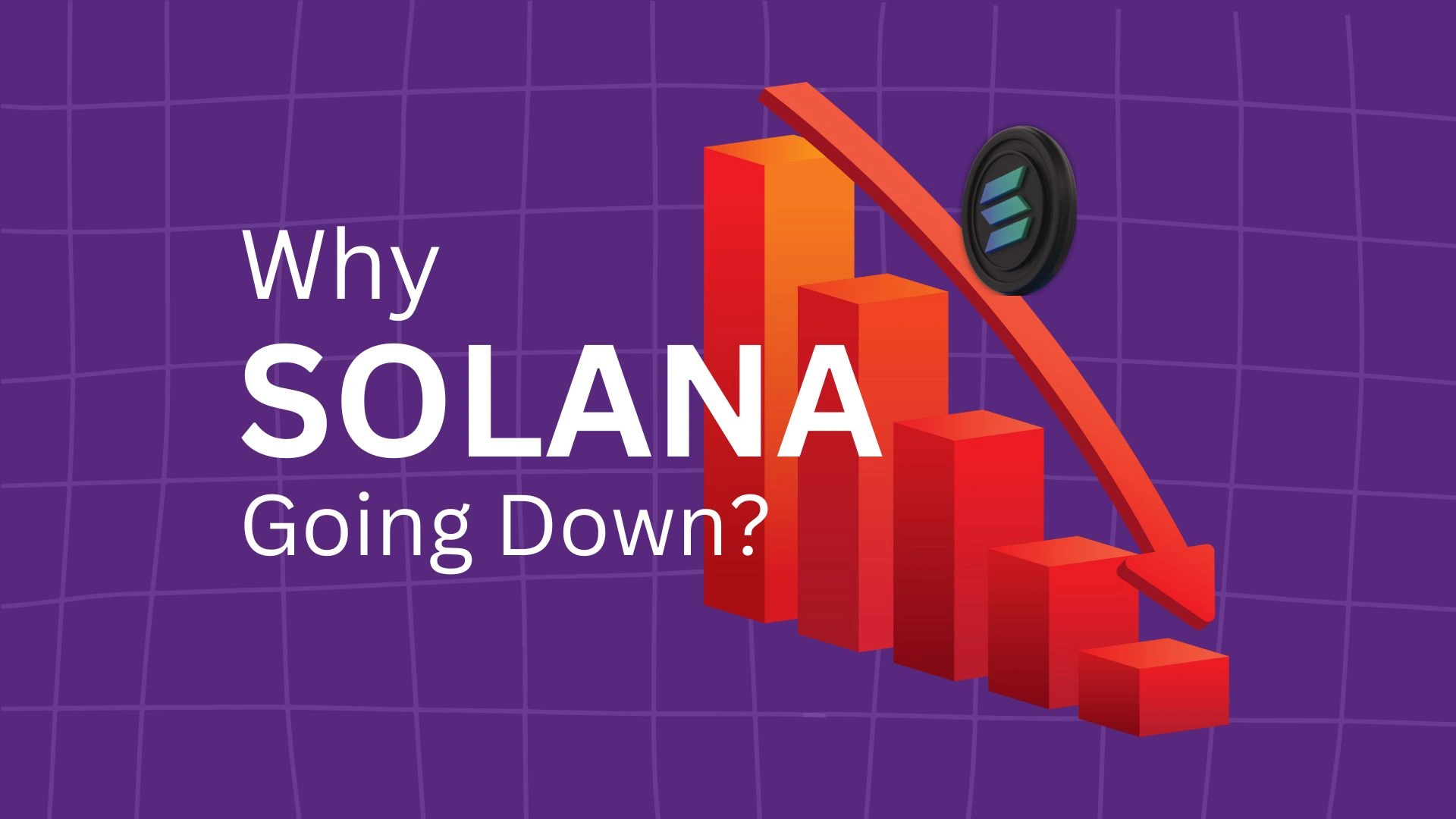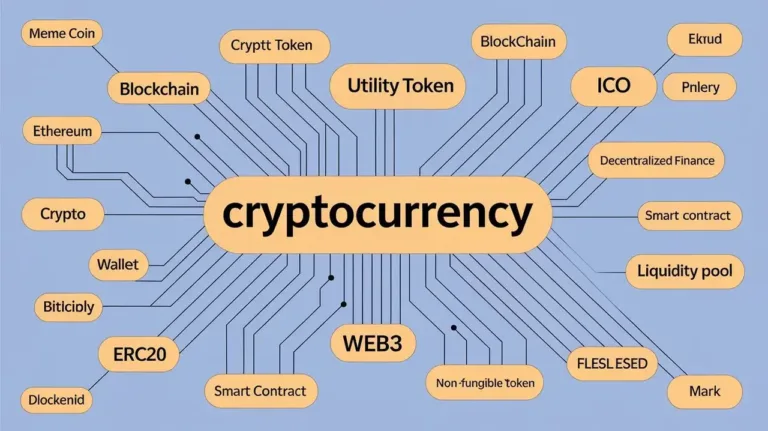Why is the Solana Price Going Down?
Recently, market analysts have noted that Solana’s price has dropped from a high of $135 to a low near $110 amid decreasing investor interest and bearish technical signals.
Observers point to a 45.5% decline in DeFi TVL and a significant drop in daily transactions, all while whale sell-offs add pressure.
In this article, we explore why the Solana price is going down, analyzing market corrections, investor sentiment, and technical patterns as detailed by experts.
Key Takeaways:
Hide- Cointelegraph: Analysis shows Solana’s TVL dropping from $12.1B to $6.63B and transaction volumes falling sharply, contributing to the price decline. (Source: Cointelegraph)
- TokenPost: Technical indicators, including the Death Cross formation, signal bearish momentum, suggesting prolonged downtrends for SOL. (Source: TokenPost)
- Binance: Expert projections highlight that if resistance at $135 isn’t breached, SOL could remain under pressure, with potential drops toward $110. (Source: Binance)
- AINvest: Competitive pressures from emerging altcoins and ongoing whale sell-offs further exacerbate Solana’s price decline. (Source: AINvest)
Discussion: Factors Driving Solana’s Price Decline

In this section, we examine the key factors behind Solana’s downward trend.
A confluence of decreasing investor confidence, bearish technical indicators, and aggressive market corrections has led to a significant pullback in SOL’s value.
Detailed analyses reveal how these factors interconnect and compound the overall price pressure.
Declining Investor Interest
One major contributor to the Solana price drop is the reduced enthusiasm from investors, particularly within its DeFi ecosystem.
The Total Value Locked (TVL) in Solana-based DeFi applications has experienced a sharp decline, from $12.1 billion on January 19 to $6.63 billion on March 11, signaling that investors are pulling back their assets.
Additionally, the number of daily transactions on the Solana blockchain has fallen dramatically, with figures dropping from an all-time high of 71,738 on January 23 to just 24,505 by March 17.
This steep reduction in network activity not only indicates lower user engagement but also diminishes fee revenue, compounding the bearish outlook.
Furthermore, recurring security concerns and instances of network instability have eroded confidence among both retail and institutional investors, contributing further to the downward pressure on SOL.
Bearish Technical Indicators
Technical analysis further underscores the negative sentiment around Solana.
A prominent bearish signal is the death cross formation, where the 50-day moving average has fallen below the 200-day moving average.
This pattern is widely interpreted as a sign of declining momentum and signals a sustained downtrend.
Additionally, negative funding rates in the futures market, evidenced by a drop in open interest from $8.57 billion on January 17 to $4.03 billion on March 17, reflect a market that is increasingly bearish.
Traders are also hesitant, as SOL struggles to break above key resistance levels; while it has managed to trade above the $120 mark, attempts to push past $135 have repeatedly faltered.
Whale Sell-Offs and Broader Market Corrections
Another factor exacerbating the decline is the impact of whale sell-offs. Large holders of SOL are offloading significant amounts of their holdings, which amplifies the downward pressure on the price.
These sell-offs, occurring in tandem with broader market corrections across the cryptocurrency space, create a feedback loop where falling prices trigger further panic selling.
Moreover, competition from emerging altcoins that offer innovative solutions has diverted investor attention, leading to a shift in capital away from Solana.
Additional Contributing Elements
Other elements contributing to the downturn include regulatory uncertainties and the impact of global economic conditions.
As regulatory scrutiny increases, investors become more risk-averse, especially in an environment where technological hiccups and network vulnerabilities are prominent.
Economic headwinds and a cautious approach by large financial institutions further dampen market enthusiasm.
Best Practices for Navigating Solana’s Downturn
In this section, we provide best practice tips for investors looking to navigate the current downturn in Solana’s price.
Adopting a proactive and cautious approach can help mitigate potential losses and uncover opportunities during market corrections.
- Monitor On-Chain Metrics: Keep an eye on TVL and daily transaction volumes to gauge investor interest and network activity.
- Follow Technical Signals: Watch for patterns such as the death cross, key resistance levels, and changes in moving averages to anticipate further trends.
- Diversify Investments: Reduce exposure by diversifying your portfolio across multiple assets, lowering overall risk.
- Stay Updated on Developments: Regularly review news related to network stability, security issues, and regulatory changes affecting Solana.
- Be Cautious with Whale Movements: Pay attention to large sell-offs by whales as they can signal impending market corrections.
- Set Stop-Loss Orders: Implement risk management techniques such as stop-loss orders to protect against significant downturns.
Final Words and Price Predictions
In conclusion, the current downturn in Solana’s price can be attributed to a mix of declining investor interest, bearish technical indicators, and aggressive whale sell-offs amid broader market corrections.
While these factors have driven SOL’s price down from highs around $135 to lows near $110, the situation remains dynamic. Analysts suggest that recovery could begin if investor confidence is restored and technical support levels hold firm.
Looking ahead, some predictions foresee modest rebounds, with potential trading ranges moving between $120 and $140, though further price predictions remain subject to market sentiment and external economic influences.







